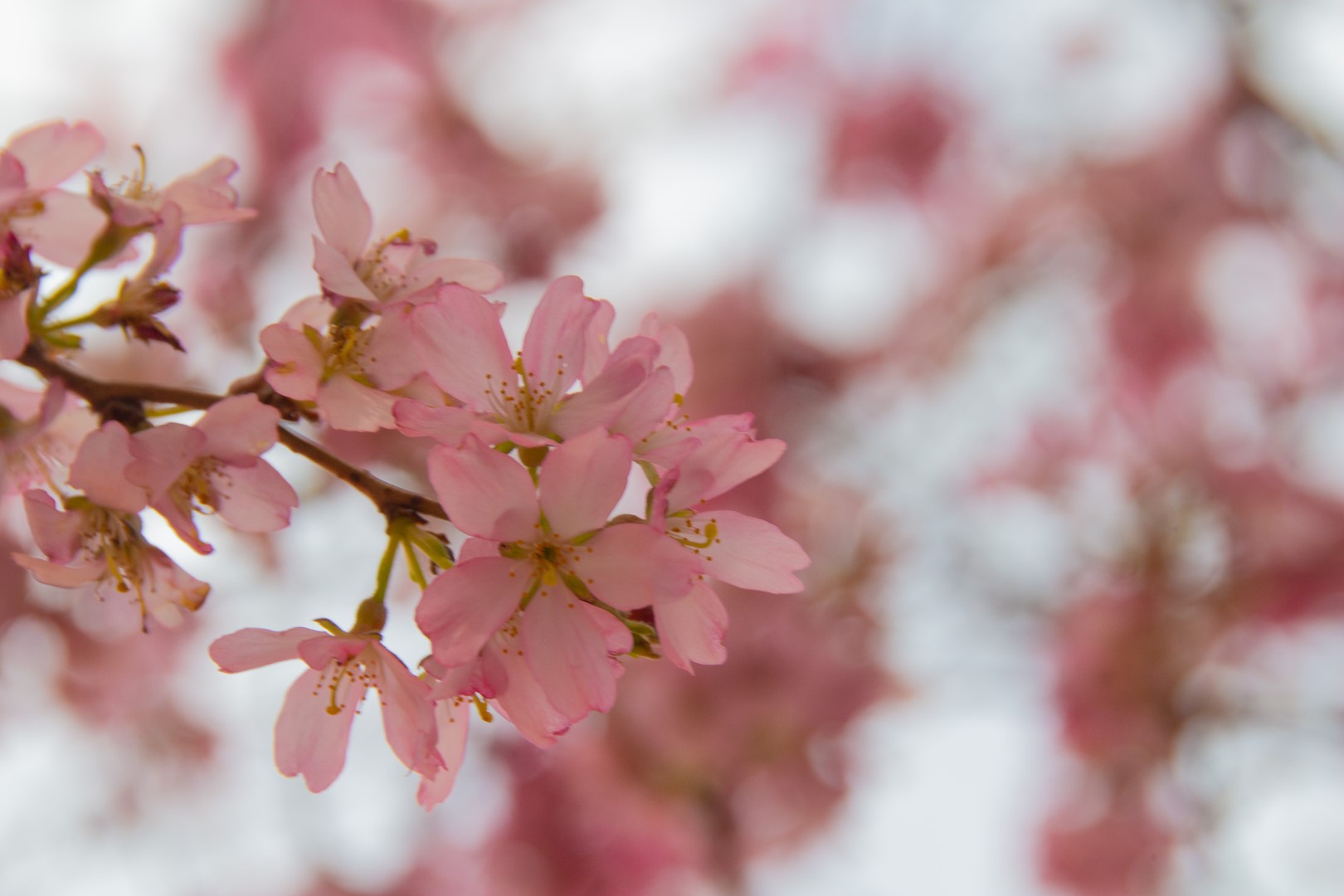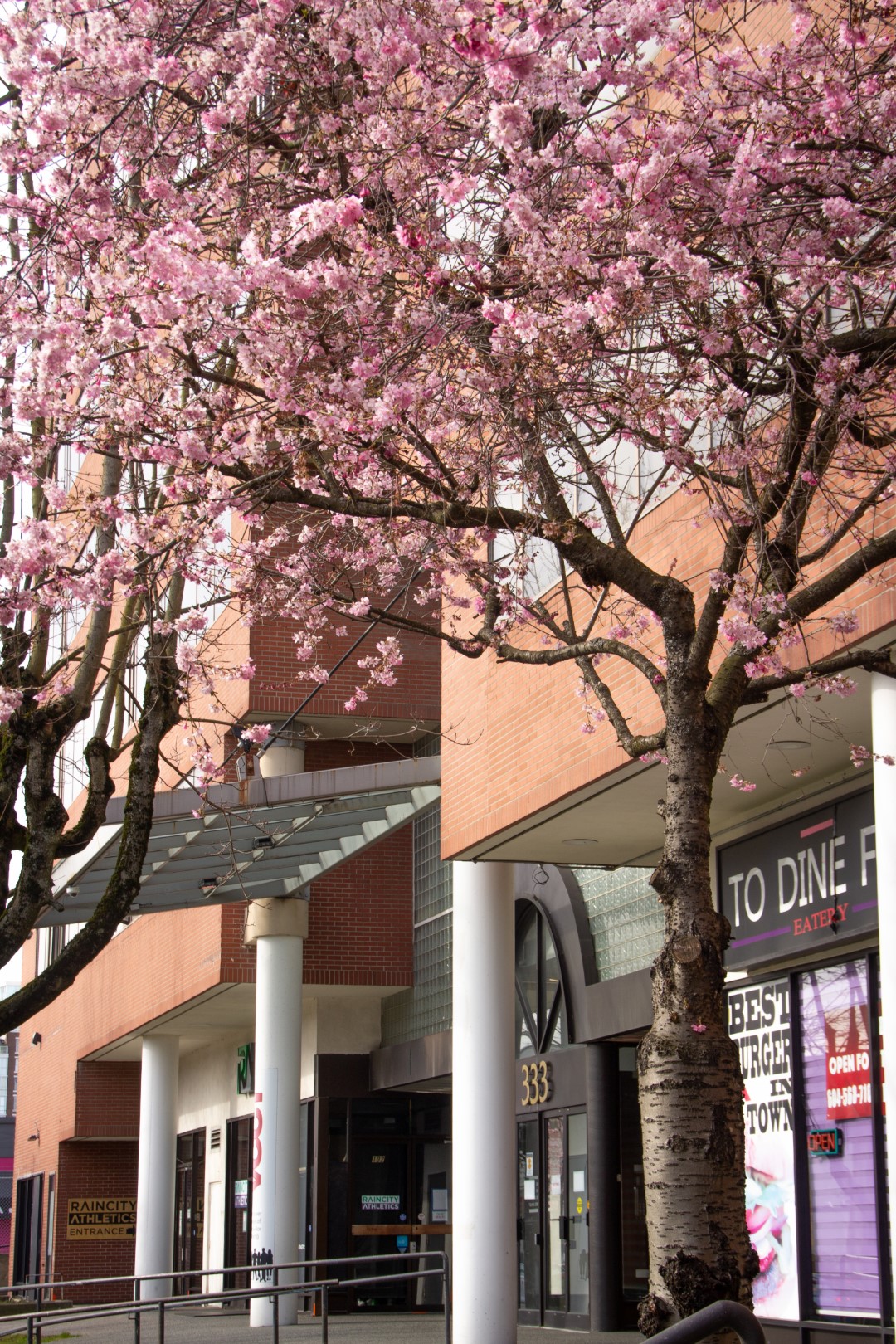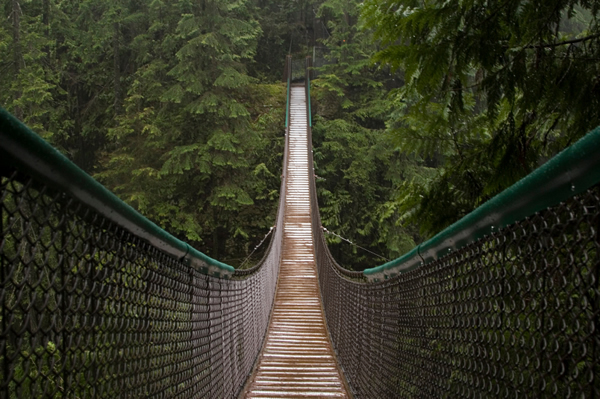
The history and culture of cherry blossoms
By Janis McMath, Editor-in-Chief
In WWII, cherry blossoms were intimately tied to pilots who performed kamikaze missions
Everyone and their mother loves cherry blossoms, so we British Columbians should count ourselves lucky this time of year. Our province is a part of the temperate Pacific Northwest, and our mild weather allows for cherry blossoms of all kinds. Vancouver’s first exposure to cherry blossom trees came in the 1930s as a gift from the mayors of Kobe and Yokohama, according to the Vancouver Cherry Blossom Festival’s website. The Japanese mayors gave Vancouver 500 trees to plant at the Japanese-Canadian war memorial in Stanley Park. Many brave Japanese-Canadian soldiers fought in WWI in battles like Vimy Ridge and Arras Front, so a cenotaph was erected in their honour. A cenotaph, which is also known as an empty tomb, is a monument made for a deceased person or group whose remains lie elsewhere.
The gift of cherry blossoms from the Japanese mayors comes with substantial significance as their culture (strongly influenced by Buddhism) views the short flowering season of these vibrant trees as a sombre simile for our brief human lives. In WWII, cherry blossoms were intimately tied to pilots who performed kamikaze missions (suicidal crashes into enemies). The blossoms were painted onto planes, and pilots were often compared to the flowers.
While Japan has a history of emperors having cherry blossom picnics as far back as 812, Vancouver only really began to go blossom crazy in the 1950s. The city was looking to absolve issues created by elms and maples, so the mayor announced that flowering cherry, plum, and crabapple trees would fix the problem. By 1990, the most common flowering tree they planted was the Kwazan cherry tree. While cherry trees were touted as the solution, these Kwazan trees brought many issues with them like brown rot, damaged sidewalks, and destructive pests like aphids and cherry bark tortrix. (They also aren’t very aesthetically appealing for roughly 50 out of the 52 weeks of the year.) Now it is known that Akebonos are the number one cherry tree for the wet Pacific Northwest climate we live in.

Cherry blossom is the common term used when referring to these trees, but this is somewhat of a misconception as not all these commonly Instragrammed trees are cherry trees. As previously mentioned, many of these pastel trees are plum or crabapple trees, and they haven’t really been afforded any recognition here in Canada. Some posit that cherry blossoms are more widely beloved as they bloom when the weather warms up. Without the several types of flowering trees, however, the blossom season would be pitifully short; plums generally blossom from February to March, cherries come to party during the warm part of March and April, and crabapples show off their flowers from mid-April to early June. Plum trees are also known to have a strong and lovely fragrance while cherry blossoms usually don’t smell like much of anything. Crabapple trees smell sweet!
Here are a few other tips in identifying the different blossoming tree types so you can impress your friends. Only the petals on cherry tree flowers have a small split. Crabapple trees typically have very light-coloured bark with vertical cracks, cherry trees have light grey bark and horizontal lines, and plum trees have dark bark with no fissures whatsoever. Look at the shape of the tree: does it have spread branches at the top and look like an umbrella fit for our rainy climate? Then it is likely a cherry blossom. Plum trees are round and oval, much like plums. Now armed with your new knowledge of flowering trees, go out there and contemplate life and death under a cherry, plum, or crabapple tree!
